Vol. 34
國際海洋資訊
International Ocean Information
Sustainable Practices of Diving Activities
and Marine Ecological Conservation
Meng-Tsung Lee
Professor, Department of Marine Leisure Management;
National Kaohsiung University of Science and Technology
Ya-Fan Ho
Ph.D. Candidate, Department of Marine Environment and Engineering, National Sun Yatsen University
Keywords |Recreational Diving, Marine Conservation, Coral Reef Protection
Taiwan, surrounded by ocean and located at the northern edge of the Coral Triangle, possesses exceptional marine biodiversity and resources. Under the "Salute to the Seas" policy, recreational diving activities have grown increasingly popular, allowing more people to experience marine environments. However, diving activities can damage marine ecosystems if conducted without proper environmental awareness or adequate skills. This article analyzes the ecological impacts of recreational diving and introduces effective international management practices, providing sustainable development references for diving enthusiasts.
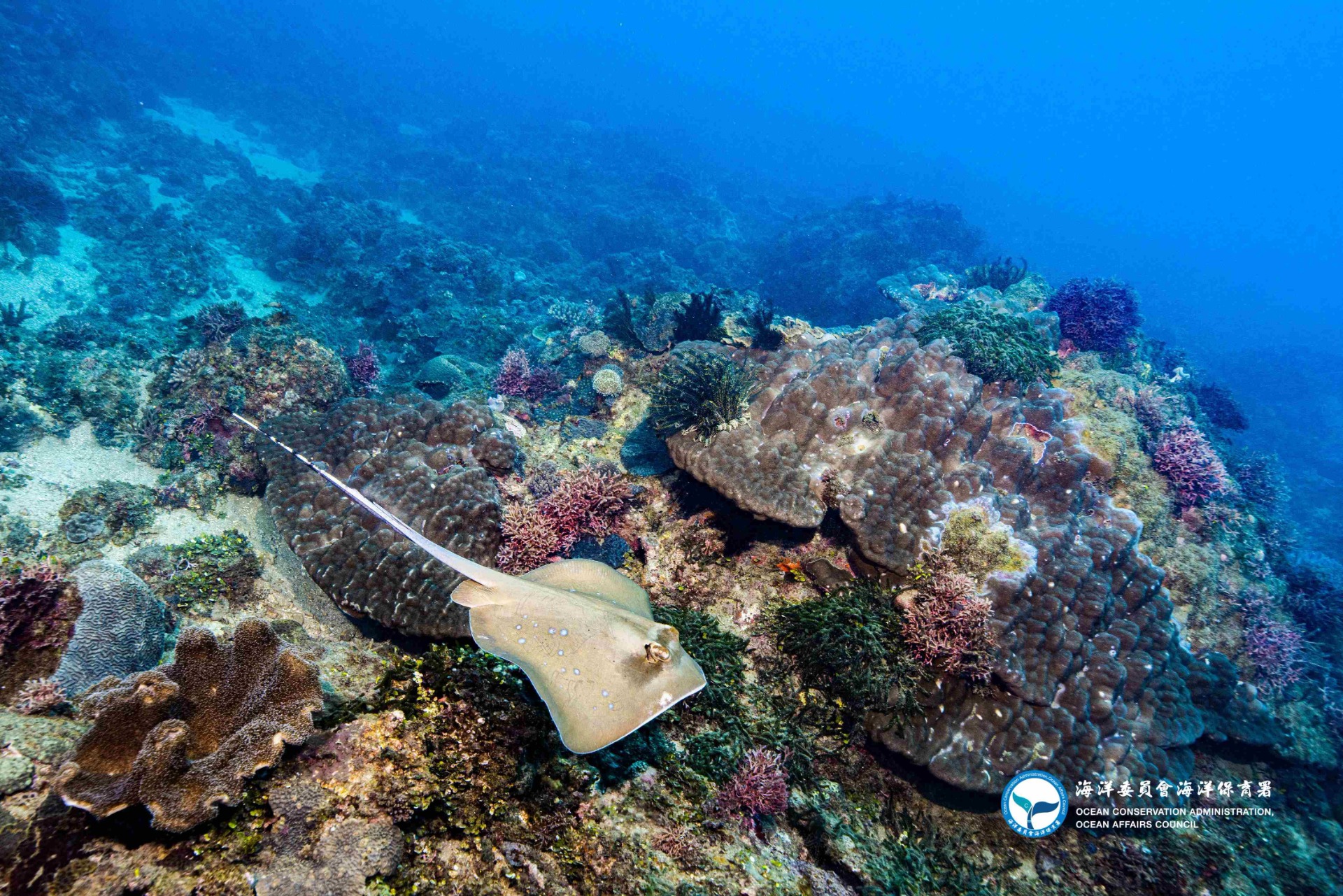
▲ Kenting National Park - Coral Reef Ecosystem
Impact of Recreational Diving on Marine Environments
Recreational diving connects people with the ocean but also impacts marine ecosystems. Research shows divers sometimes move marine organisms with tools for better viewing experiences, disrupting their natural behaviors (Roche et al., 2016). Due to poor buoyancy control, beginners or less skilled divers frequently make accidental coral contact.
Fins are the most common coral-contacting equipment. Surveys show novice divers average 14.7 coral contacts per dive (Chung et al., 2013). Popular international sites show worse statistics: contact frequencies reach 18.6 and 33 times per hour at the Great Barrier Reef and Florida Keys respectively (Rouphael & Inglis, 1997; Krieger & Chadwick, 2013). Underwater photography presents another overlooked impact, as photographers often unconsciously grab corals for stability (Hammerton, 2018), and equipment can damage coral structures (Giglio et al., 2020). Additionally, sand and sediments stirred up during dives may cover corals, hampering photosynthesis and growth.
Beyond causing physical damage, everyday items like sunscreen also threaten marine ecosystems. Some products contain chemicals harmful to corals and sea urchins, disrupting coral growth, reproduction, and embryo development (Pastorino, 2024). Garbage left by behind divers or boat passengers poses additional serious threats to marine life (Sciutteri et al., 2024).
To protect these blue treasures, management strategies implemented worldwide include dive site management, legislative protection, educational guidelines, scientific monitoring, and eco-friendly equipment promotion—all aimed at minimizing ecological impact while preserving diving enjoyment.
Dive Site Management
Various management strategies for diving activities have been developed worldwide, from permit systems to operational guidelines, to balance recreational needs with conservation. These measures include diving permits, visitor restrictions, pre-dive briefings, professional guides with low-impact diving techniques, and vessel mooring buoys.
- Diving permits: Many valuable diving sites worldwide implement quota-based permit systems determined by ecological carrying capacity. Thailand's Similan Islands open only from November to mid-May, closing for ecological recovery during other months. Islands 1-3 are completely off-limits as they serve as critical sea turtle nesting grounds. Since 2018, authorities have reduced the daily visitors limit from 3,850 to 3,325 to minimize environmental impact.
- Visitor restrictions: Malaysia's Sipadan implements strict controls requiring divers to apply for permits through local dive shops. Daily limits evolved from 120 divers with 4 tanks in 2008 to 200 divers with 2 tanks in 2023, restricted to those with Advanced Open Water certification or higher. Since 2020, operators have voluntarily closed the island each December for marine conservation. From 2023, a permit fee plus environmental protection fee funds conservation effort.
- Pre-dive briefings: Research confirms practical pre-dive briefings significantly reduce coral contact (Camp & Fraser, 2012; Krieger & Chadwick, 2013). Simple reminders like "don't touch corals" have limited effect (Barker & Roberts, 2004). Ideal briefings use visual aids and detailed explanations of coral ecology and potential impacts, preferably developed with coral biologists.
- Professional guides with low-impact diving techniques: Toyoshima & Nadaoka (2015) found environmental briefings have limited effectiveness for divers with poor buoyancy control who understand conservation concepts but lack technical skills. True low-impact diving requires both environmental awareness and diving proficiency. Professional training organizations have developed portable underwater facilities like the Diamond Reef System that simulate reef structures for practicing neutral buoyancy and proper positioning.
5. Mooring buoys for vessels: To prevent anchor damage to coral reefs, many protected areas install mooring buoys anchored to seabed rocks or sand, avoiding fragile coral zones. Australia's Great Barrier Reef buoy system successfully limits random anchoring, while Florida Keys National Marine Sanctuary offers over 600 free mooring buoys on a first-come basis. Designated no-anchor zones further protect living coral from physical damage.
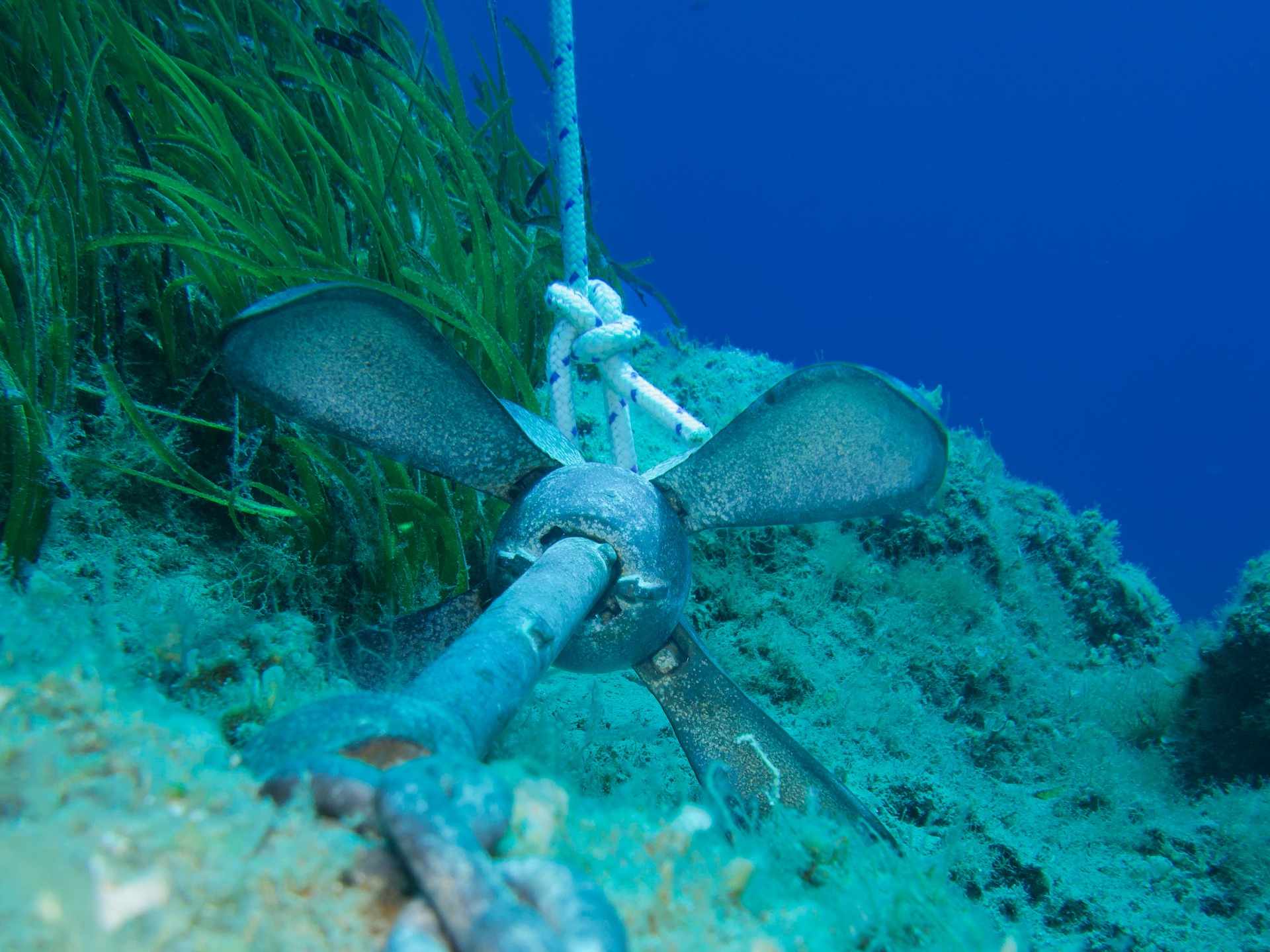
▲ Folding grapnel anchor placed on rocky seabed
Legislative Protection
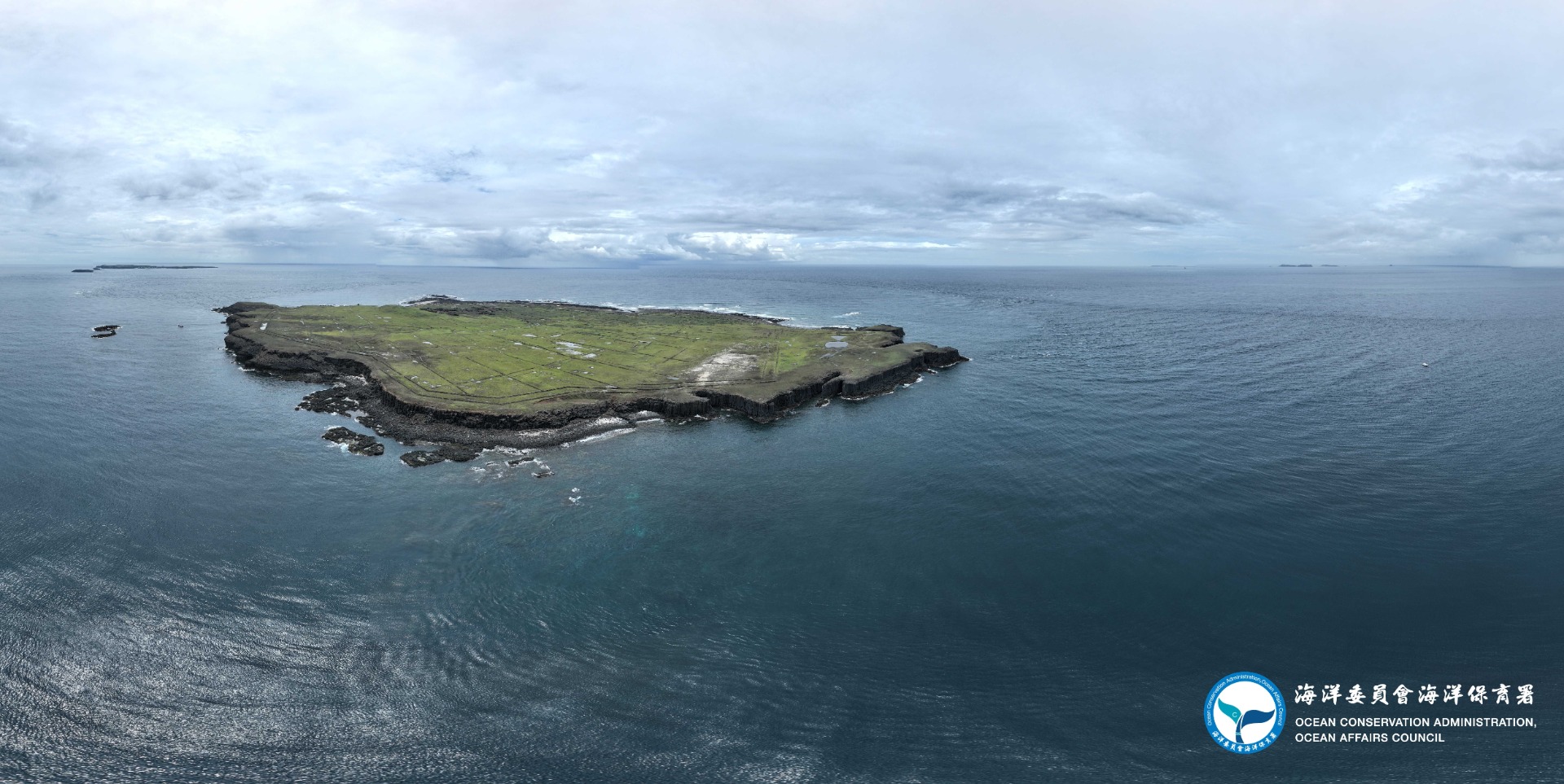
▲ South Penghu Marine National Park - Aerial view of Xijiyu
Establishing Marine Protected Areas (MPAs) is a globally recognized effective strategy for marine ecosystem protection. Research shows protected diving areas improve marine biomass and biodiversity while generating significant tourism revenue—reaching $2 billion annually worldwide (Cabral et al., 2025). This win-win model for economy and ecology has become a priority policy for increasing numbers of coastal nations.
MPAs typically employ zoning systems with clear activity guidelines for different areas, including diving restrictions, seasonal closures, and behavioral regulations to reduce human pressure on coral reefs and marine ecosystems (Giglio et al., 2020). The Great Barrier Reef has been divided into seven protection zones since the Marine Park's establishment in 1976, each color-coded to indicate management intensity. The Pink Preservation Zone enforces the strictest protection, generally prohibiting all human entry and harvesting activities.
MPAs typically employ zoning systems with clear activity guidelines for different areas, including diving restrictions, seasonal closures, and behavioral regulations to reduce human pressure on coral reefs and marine ecosystems (Giglio et al., 2020). The Great Barrier Reef has been divided into seven protection zones since the Marine Park's establishment in 1976, each color-coded to indicate management intensity. The Pink Preservation Zone enforces the strictest protection, generally prohibiting all human entry and harvesting activities. The Great Barrier Reef management model includes practical regulations: dive operators must obtain special permits ensuring compliance with strict environmental standards; vessels must have sewage treatment systems and properly dispose of waste on land; boats must observe speed limits in reef areas to minimize marine life disturbance; divers must practice low-impact techniques and use reef-friendly sunscreen; and each site has reasonable diver capacity limits. Australia's innovative "Citizen Science Diving Programs" encourage public participation in marine protection. Applications like "Eye on the Reef" allow divers to collect coral health data and document bleaching events, diseases, and recovery patterns while exploring underwater worlds, providing authorities with valuable real-time information. These citizen scientists also record marine life populations and distribution changes, help track sea turtles and large fish, and establish comprehensive ecological monitoring networks.
The Great Barrier Reef Marine Park Authority collaborates closely with Queensland's government, using patrol vessels, drones, and modern technologies to monitor human activities. Substantial fines and legal penalties are imposed for coral damage, illegal fishing, and water pollution, demonstrating conservation commitment. Citizen scientist contributions provide extensive information on marine pollution, ocean debris, and ecosystem surveys while helping update ecological databases (Carballo-Cárdenas & Tobi, 2016).
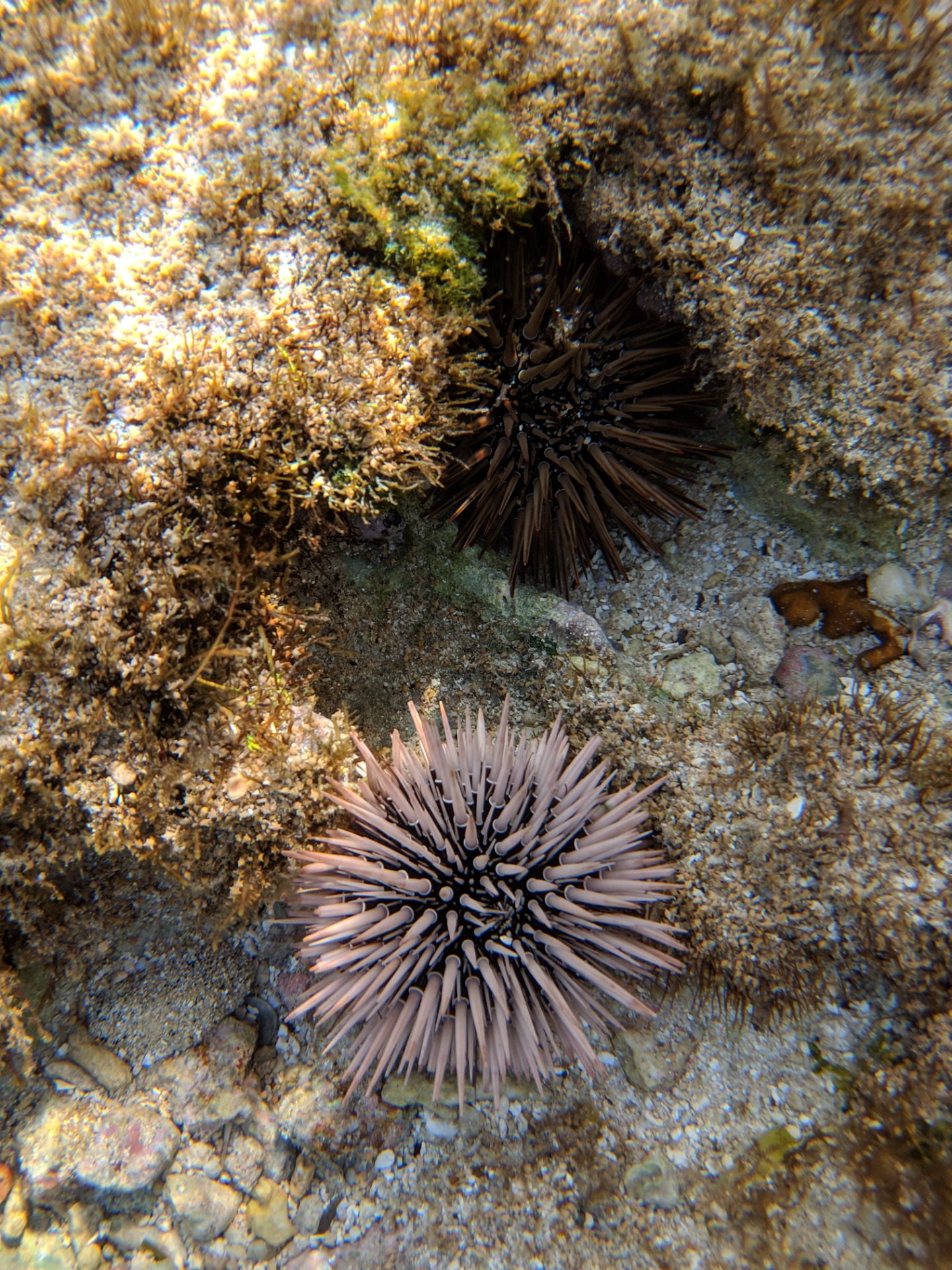
▲ Coral bleaching on Taiwan's seabed
Education and Sustainable Diving Practices
Education is a key strategy for reducing diving impacts on marine ecosystems. Through systematic educational programs, divers can understand their behaviors' actual and potential effects on coral reefs, developing environmental responsibility and improving diving practices. Currently, PADI AWARE and Green Fins lead global efforts in promoting diving ecological education.
PADI's "AWARE Marine Conservation Program" is one of the world's largest diving environmental initiatives, focused on protecting marine ecosystems, reducing pollution, and raising awareness. Key projects include: "Dive Against Debris," which has mobilized over 100,000 volunteers since 2011 to remove and document marine debris. PADI also developed the "AWARE App," allowing divers worldwide to record ocean conditions, including coral bleaching, debris hotspots, and fish population changes.
Green Fins, a joint initiative of the UN Environment Programme and Reef-World Foundation, targets the diving industry to reduce tourism impacts on coral reef ecosystems. The program establishes comprehensive environmental standards covering waste management, vessel operation, and diver behavior. Participating dive centers undergo a professional assessment and commit to improving at least three ecological measures annually to reduce their marine impact progressively.
For specific marine creatures, specialized viewing guidelines have been developed:. For pygmy seahorses, guidelines emphasize light management due to their sensitivity to environmental changes. Whale sharks require specialunique protocols including maintaining minimum distances and never chasing or blocking their path. For manta rays, Hawaii's Kona night dives feature carefully designed interactions where divers fix lights on the seabed, allowing mantas to voluntarily enter illuminated areas voluntarily rather than being pursued.
The implementation ofImplementing these educational programs and behavioral guidelines is gradually transforming ecological awareness and behavior patterns throughout the global diving community, injecting new vitality into marine conservation efforts.
Scientific Research and Monitoring
Continuous monitoring and scientific research of marine ecosystems form the cornerstone of effective conservation strategies. Various innovative approaches worldwide now combine professional expertise with citizen scientist participation to establish comprehensive marine health databases.
Coral Watch and Reef Check are globally renowned citizen science programs. University of Queensland's Coral Watch uses a simple color chart system, allowing non-professionals to assess coral health accurately. Divers compare on-site coral with standard color cards, record essential data including location and water temperature, and then upload findings via a dedicated app. This straightforward approach has transformed thousands of diving enthusiasts into "underwater eyes," providing valuable early warning resources for coral bleaching.
Thailand's eco-diving volunteer program demonstrates collaboration between NGOs, environmental groups, and dive operators, attracting global enthusiasts to marine research and conservation. Volunteers monitor coral health, document bleaching and diseases, participate in coral planting, conduct biodiversity surveys, and track marine life using underwater photography and GPS technology.
The Maldives' Sea Turtle Monitoring Program tracks five local turtle species using modern tagging technology and photographic identification to record population data, migration routes, and reproductive behaviors for global conservation networks. Working closely with communities, the program organizes beach patrols to protect nesting sites and operates rescue centers for injured turtles.
The Maldives' Coral Nursery Program integrates scientific research, ecological restoration, and tourism perfectly. This collaboration uses innovative 3D printing technology and metal frameworks to enhance coral planting efficiency and survival rates. Visitors adopt and plant corals, then track "their coral's" growth online or during return visits, creating emotional connections and sustained interest.
Eco-Friendly Diving Equipment
With growing marine conservation awareness, diving equipment manufacturers actively develop environmentally friendlier products, offering more sustainable choices for diving enthusiasts.
Traditional wetsuits are primarily made from neoprene which releases harmful chemicals during production. In 2016, Patagonia introduced wetsuits made from Yulex natural rubber derived from rubber trees and silverleaf sunflower extracts, significantly reducing petrochemical usage while maintaining elasticity and comfort. By 2024, Decathlon joined the movement with affordable natural rubber wetsuits, making eco-friendly options more accessible.
Traditional fins often accidentally contact corals or disturb seabed sediments. "Barefoot Diving" addresses this by eliminating conventional fins, instead teaching divers special buoyancy control techniques using natural body positioning and gentle hand movements for navigation. Though requiring more skill and physical effort, barefoot diving's reef-friendly nature has gained recognition among environmentally conscious divers.
Marine noise pollution is an often overlooked but far-reaching environmental issue. Dutch company U-Boat Worx's "C-Researcher 3" represents a breakthrough with its biomimetic design inspired by dolphin hydrodynamics that significantly reduces underwater noise. Its closed electric propulsion system operates quietly while avoiding disturbances caused by conventional bubble propulsion.
Conclusion
Every diver is a visitor to the ocean. To protect Taiwan's valuable marine resources while balancing diving activities with conservation, we recommend four key strategies: (1) establish scientifically zoned marine protected areas with strict enforcement; (2) promote low-impact diving techniques and eco-friendly equipment; (3) strengthen effective marine conservation education and international certification systems; and (4) develop citizen science programs engaging divers in ecological monitoring.
As a maritime nation, Taiwan possesses rich and unique marine ecosystems. By comprehensively implementing these strategies, we can meet the public's desire to connect with the ocean while ensuring these blue assets survive for future generations. Every diving enthusiast should evolve from being a visitor to becoming a guardian of the ocean, actively protecting these azure treasures and enabling harmonious coexistence between marine ecology and recreational diving.
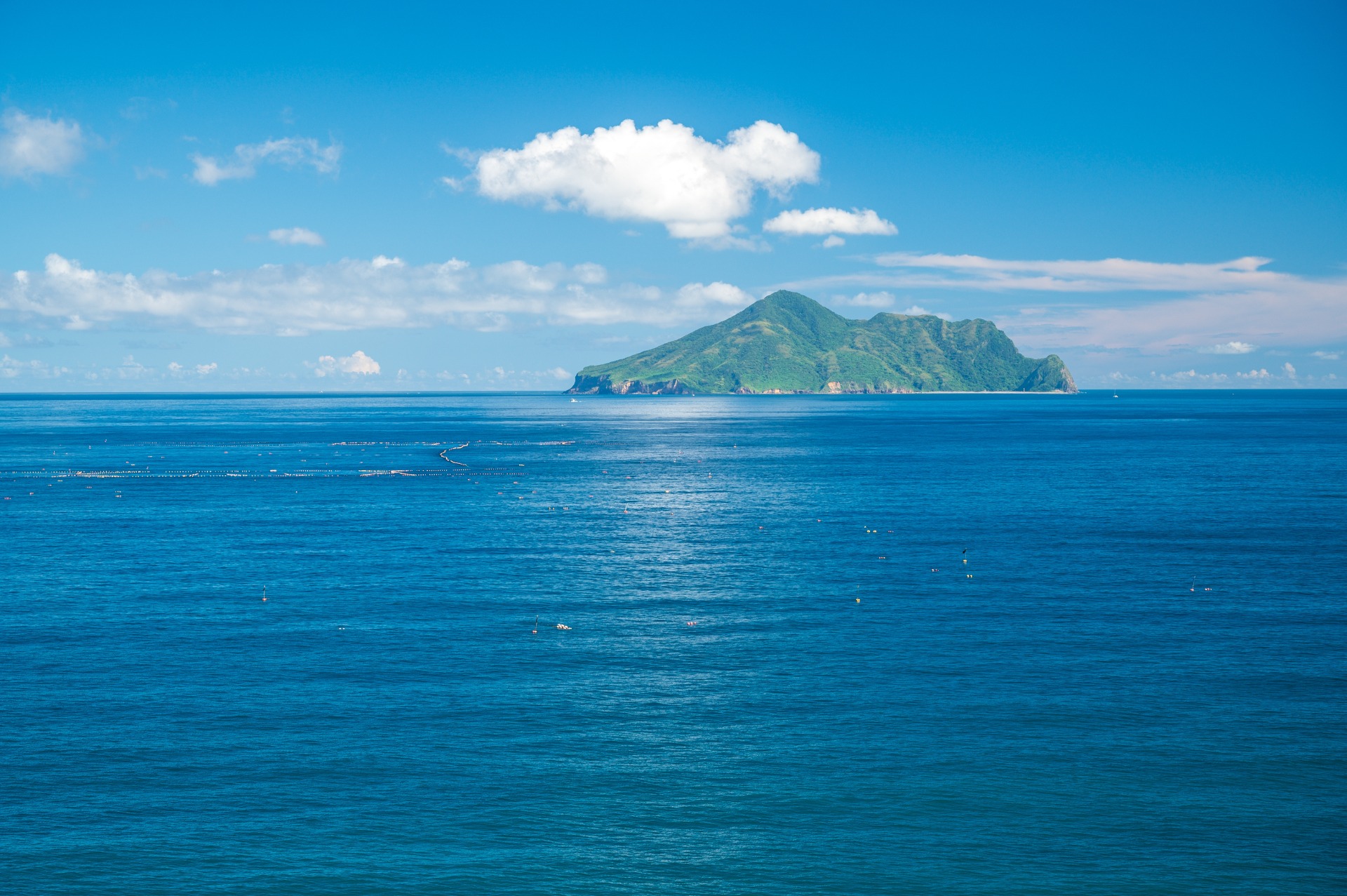
▲ Famous diving spot in Northern Taiwan - Scenery near Guishan Island (Turtle Island)
References
- Barker, N. H. L., & Roberts, C. M. (2004). Scuba diver behaviour and the management of diving impacts on coral reefs. Biological Conservation, 120(4), 481–489. https:// doi.org/10.1016/j.biocon.2004.03.021
- Cabral, R., Millage, K., Mayorga, J., Kordell, T., Kelkar, M., Caughman, A., Favoretto, F., Schuhbauer, A., Aburto-Oropeza, O., Sala, E., & Bradley, D. (2025). Marine protected areas for dive tourism. Scientific Reports, 15, 1–10. https://doi.org/10.1038/s41598-024-83664-1
- Camp, E., & Fraser, D. (2012). Influence of conservation education dive briefings as a management tool on the timing and nature of recreational SCUBA diving impacts on coral reefs. Ocean & Coastal Management, 61, 30–37.
- Carballo-Cárdenas, E. C., & Tobi, H. (2016). Citizen science regarding invasive lionfish in Dutch Caribbean MPAs: Drivers and barriers to participation. Ocean & Coastal Management, 133, 114–127. https://doi. org/10.1016/j.ocecoaman.2016.09.014
- Chung, S.-S., Au, A., & Qiu, J.-W. (2013). Understanding the underwater behaviour of scuba divers in Hong Kong. Environmental Management, 51(4), 824–837. https://doi. org/10.1007/s00267-013-0023-y
- Giglio, V. J., Luiz, O. J., & Ferreira, C. E. L. (2020). Ecological impacts and management strategies for recreational diving: A review. Journal of Environmental Management, 256, 109949. https://doi.org/10.1016/j.jenvman.2019.109949
- Hammerton, Z. (2018). Risk assessment of SCUBA diver contacts on subtropical benthic taxa. Ocean & Coastal Management, 158, 176–185. https://doi.org/10.1016/ j.ocecoaman.2018.03.036
- Hannak, J. S., Kompatscher, S., Stachowitsch, M., & Herler, J. (2011). Snorkelling and trampling in shallow-water fringing reefs: Risk assessment and proposed management strategy. Journal of Environmental Management, 92(10), 2723–2733. https://doi.org/10.1016/j.jenvman.2011.06.012
- Krieger, J. R., & Chadwick, N. E. (2013). Recreational diving impacts and the use of pre-dive briefings as a management strategy on Florida coral reefs. Journal of Coastal Conservation, 17(1), 179. https://doi. org/10.1007/s11852-012-0229-9
- Pastorino, P. (2024). Sunscreens and micro(nano)plastics: Are we aware of these threats to the Egyptian coral reefs? Science of The Total Environment, 910, 168587. https://doi.org/10.1016/j.scitotenv.2023.168587
- Roche, R. C., Harvey, C. V., Harvey, J. J., Kavanagh, A. P., McDonald, M., Stein-Rostaing, V. R., & Turner, J. R. (2016). Recreational diving impacts on coral reefs and the adoption of environmentally responsible practices within the SCUBA diving industry. Environmental Management, 58(1), 107–116. https://doi.org/10.1007/s00267-0160696-0
- Rouphael, A. B., & Inglis, G. J. (1997). Impacts of recreational SCUBA diving at sites with different reef topographies. Biological Conservation, 82(3), 329–336. https:// doi.org/10.1016/S0006-3207(97)00047-5
- Sciutteri, V., Costa, V., Malara, D., Figurella, F., Campbell, I., Deery, E., Romeo, T., Andaloro, F., & Consoli, P. (2024). Citizen science through a recreational underwater diving project supports the collection of large-scale marine litter data: The Oceania case study. Marine Pollution Bulletin, 200, 116133. https://doi.org/10.1016/j.marpolbul.2024.116133
- Toyoshima, J., & Nadaoka, K. (2015). Importance of environmental briefing and buoyancy control on reducing negative impacts of SCUBA diving on coral reefs. Ocean & Coastal Management, 116, 20–26. https://doi. org/10.1016/j.ocecoaman.2015.06.018
- Worachananant, S., Carter, R. W., Hockings, M., & Reopanichkul, P. (2008). Managing the impacts of SCUBA divers on Thailand's coral reefs. Journal of Sustainable Tourism, 16(6), 645–663. https://doi. org/10.1080/09669580802159677